The world is full of landscapes that make your jaw drop—towering cliffs, vast ice fields, painted deserts, glowing lakes.
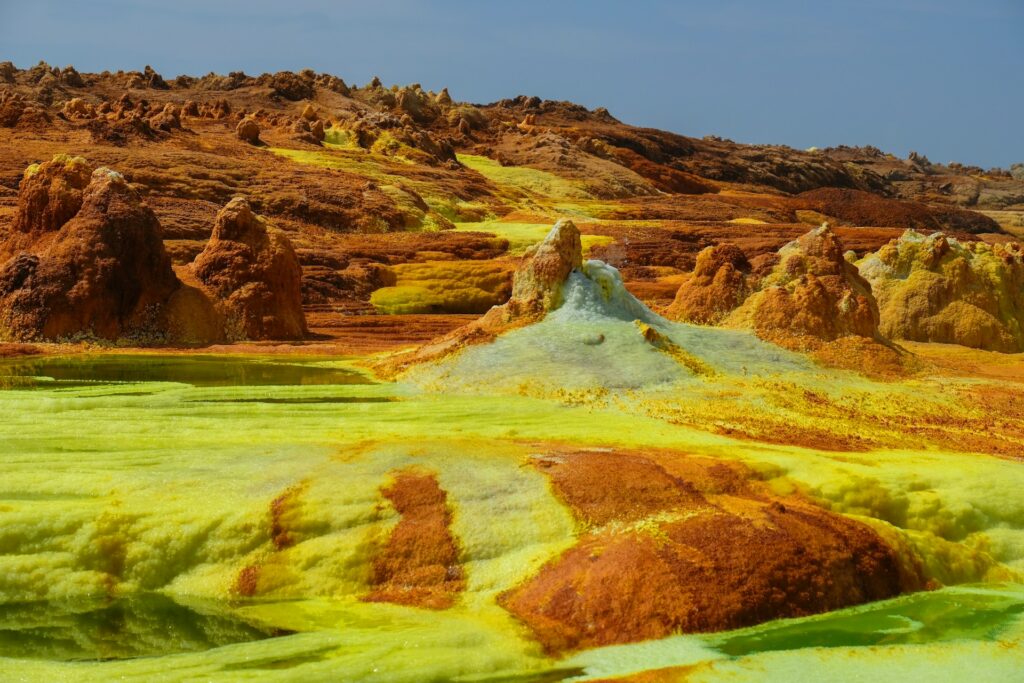
However, some of the most breathtaking places on Earth are vanishing. Rising temperatures, shifting climates, human interference, and sheer neglect are taking their toll. These landscapes aren’t just beautiful; they’re one-of-a-kind. And they might not be around for the next generation to see.
This isn’t about doom and gloom. It’s about awareness. These places still exist, and they’re worth seeing, valuing, and protecting. Here are some of the most extraordinary natural landscapes that are on the brink of disappearing, and what makes them so remarkable.
The Doñana wetlands, Spain
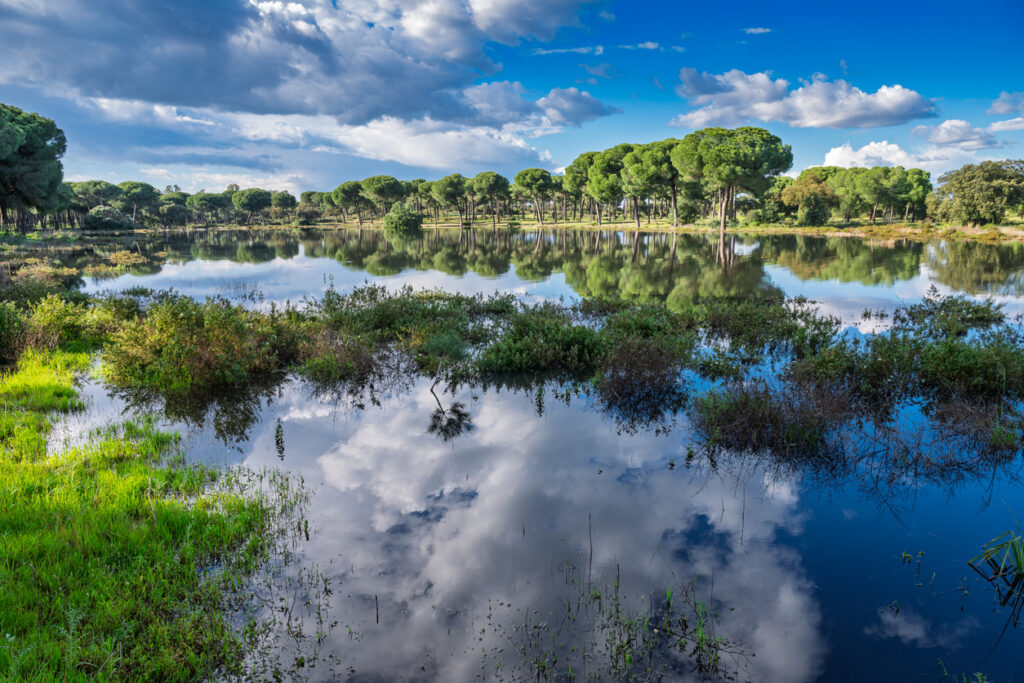
Tucked into Andalusia, the Doñana wetlands are a stopover point for millions of migratory birds. Flamingos, storks, herons, spoonbills—they all depend on this seasonal oasis. But prolonged drought, illegal water extraction, and expanding agriculture are drying it out. In a good year, these marshes shimmer with life. In a bad year, they crack and crumble. The land is quietly warning us, and if it disappears, so do the birds that cross continents to rest there.
The Simpson Desert’s wildflower bloom, Australia
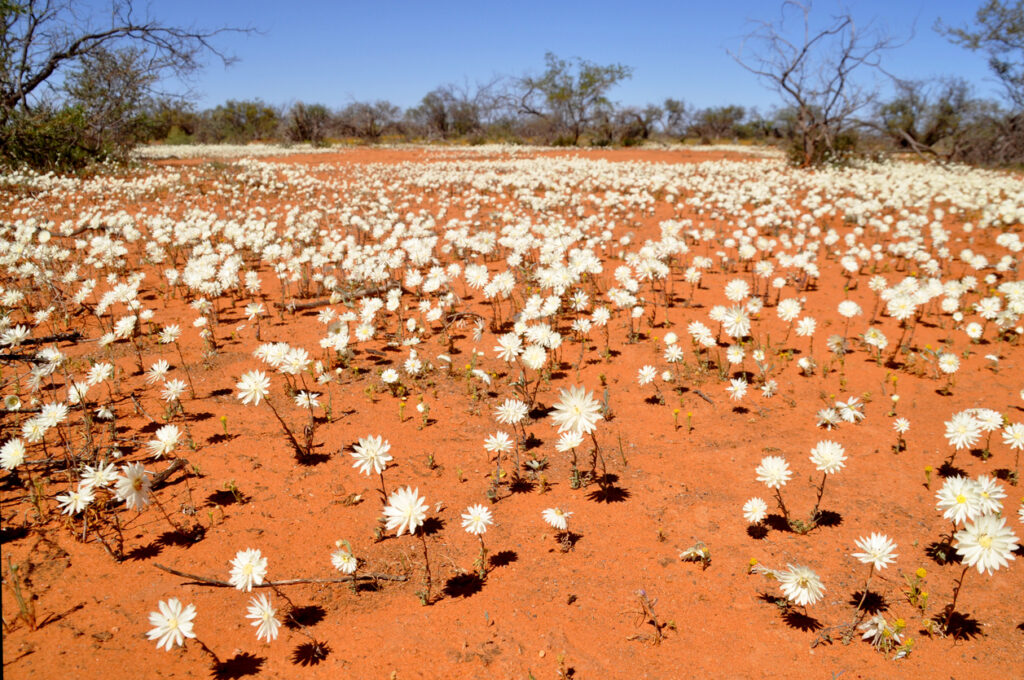
For most of the year, the Simpson Desert is dry, red, and brutally hot. But in years of good rain, something extraordinary happens. Seeds that have waited patiently under the soil burst into bloom. Purple mulla mullas, yellow daisies, pink parakeelyas—the desert becomes a living painting. However, climate changes are making those rains less predictable. Fewer blooms, shorter seasons, less pollination. Without enough water, this rare, natural art show might fade out for good.
The glaciers of the Rwenzori Mountains, Uganda and the DRC
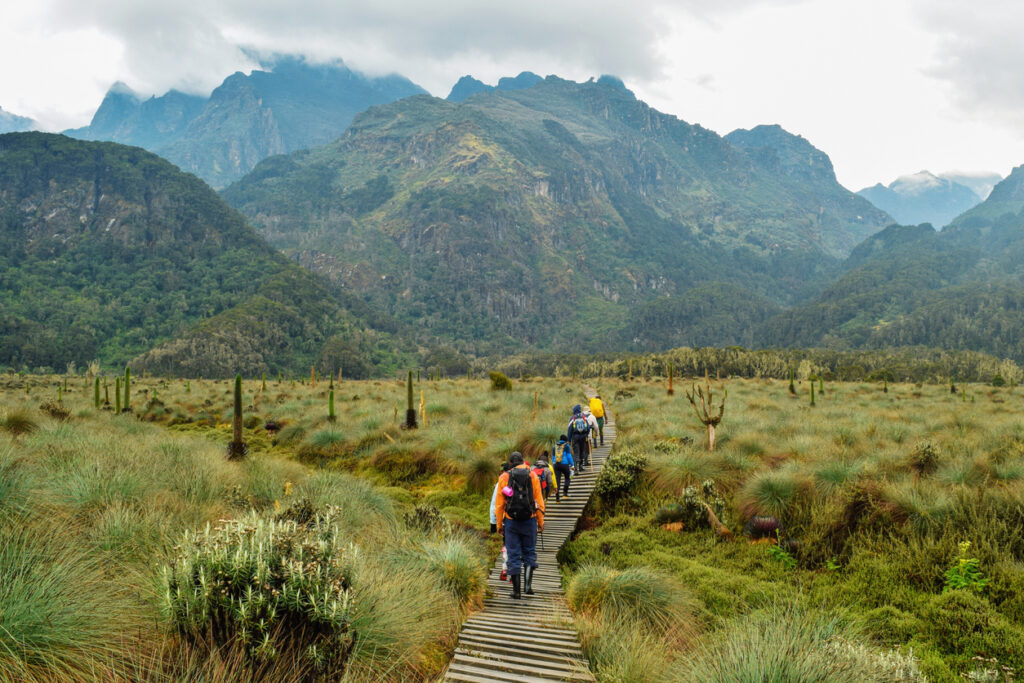
Glaciers near the equator sound like fiction, but the Rwenzori Mountains have supported snow and ice for thousands of years. These glaciers feed rivers, regulate local climates, and shape entire ecosystems. Now, they’re melting fast. Scientists estimate they could vanish completely within a couple of decades. What’s left will be jagged peaks and bare rock—still beautiful, but missing the shimmering magic that once defined them.
The limestone pinnacles of Tsingy de Bemaraha, Madagascar

Tsingy means “where one cannot walk barefoot,” and it’s easy to see why. This sharp, alien-like forest of stone is a natural fortress of limestone spires, carved over millennia by water and wind. But Madagascar’s deforestation and shifting climate are threatening the water cycles that formed this place. The ecosystem around it is under pressure too, and without the delicate balance of moisture and vegetation, the stone forest may eventually erode away into something far less dramatic.
The Sundarbans mangrove forests, India and Banglades
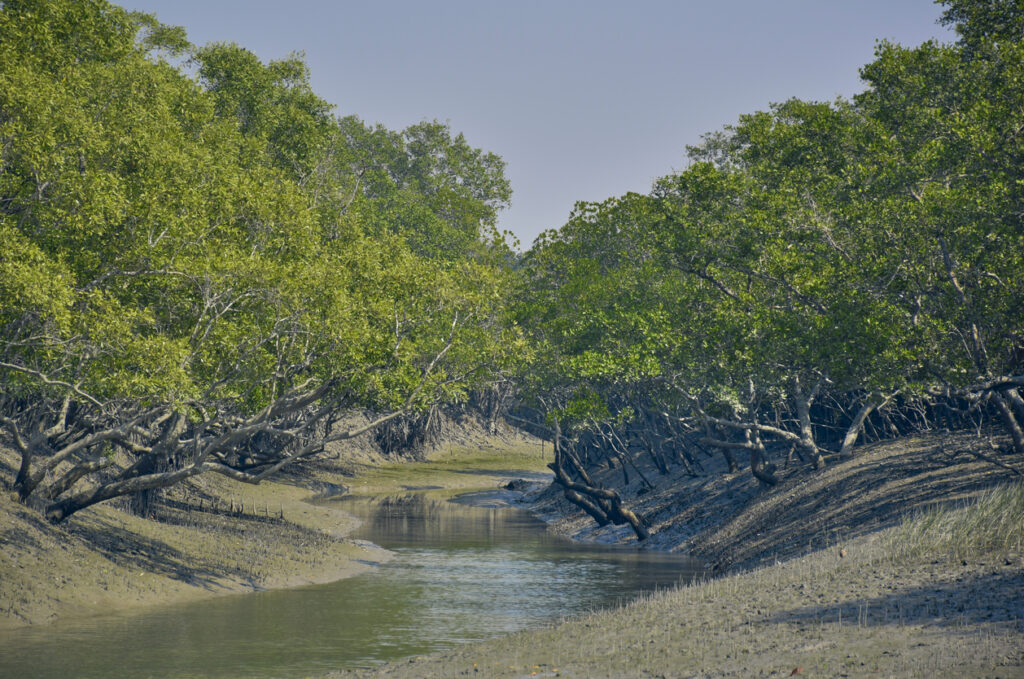
The Sundarbans is the largest mangrove forest on Earth. It’s where freshwater from rivers meets saltwater from the sea, creating a tangled labyrinth of roots, mudflats, and tidal rivers. It’s also the last stronghold of the Bengal tiger. Rising sea levels, increased salinity, and upstream water diversions are shrinking it every year. Whole villages have disappeared. The tigers may go next. And the mangroves, which protect coasts from storms and support fisheries, might not be able to hold the line for much longer.
The Dead Sea, Jordan and Israel
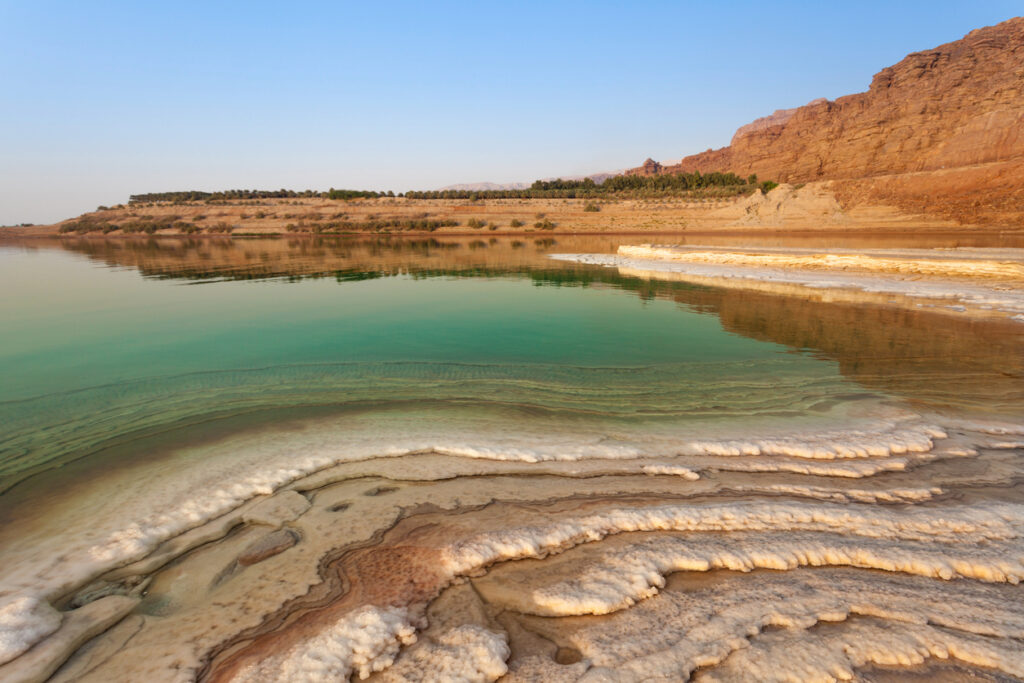
The Dead Sea is so salty you float without trying. It’s been a place of history, science, and surreal beauty for centuries. Sadly, it’s shrinking fast. Water from the Jordan River is being diverted, and mineral extraction accelerates the loss. Sinkholes now pockmark the shoreline. What was once shoreline is now desert. The salty water recedes year after year, leaving behind dry earth and uncertain futures.
The Skeleton Coast, Namibia
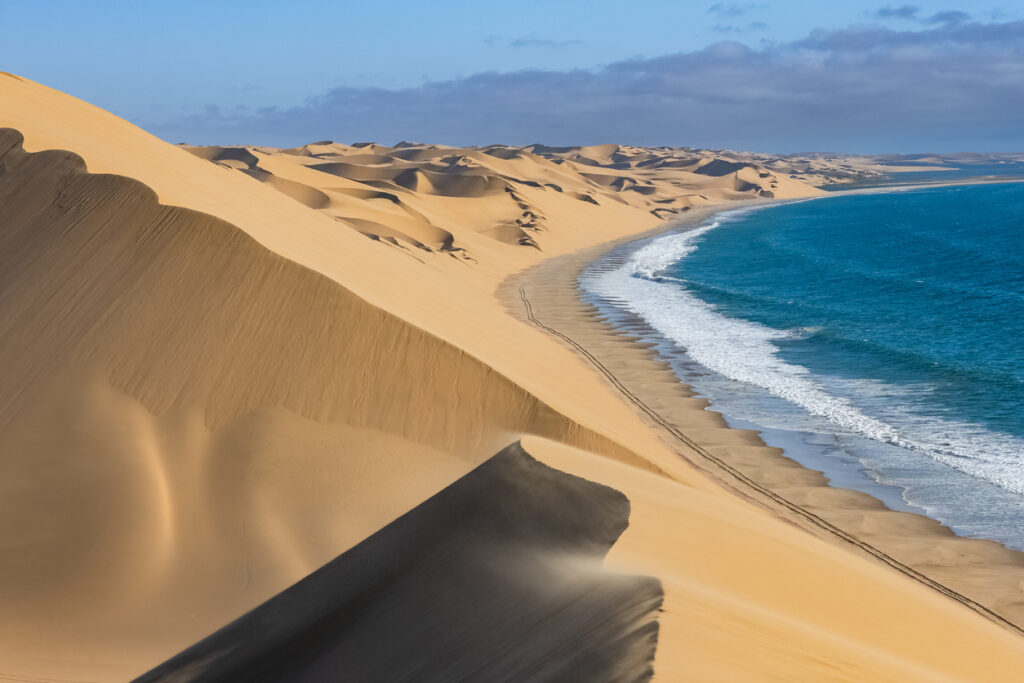
With shipwrecks half-buried in sand, fog rolling in from the Atlantic, and dunes that stretch forever, the Skeleton Coast looks like a dreamscape from another planet. It’s harsh but mesmerising. Life here is subtle—desert elephants, brown hyenas, strange lichens. However, mining, tourism expansion, and warming ocean currents are beginning to change the rhythm of this delicate place. The desert is moving. The coast is shifting. The wilderness that once felt untouchable is now at risk of soft collapse.
The Dallol geothermal area, Ethiopia
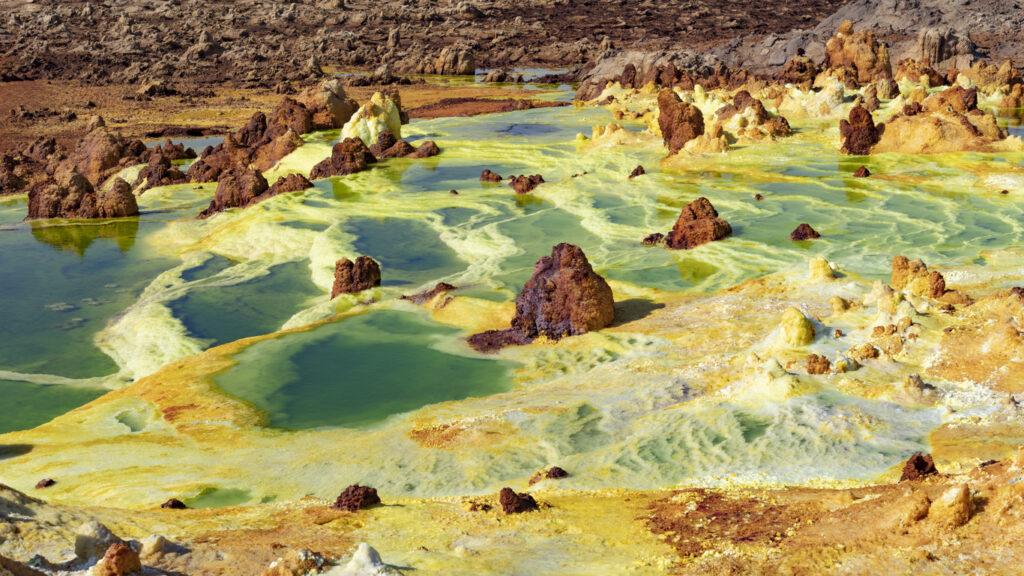
Bright green pools, yellow crusts, steaming vents; it’s one of the most colourful and surreal landscapes on the planet. Dallol is a cauldron of acid and salt, in one of the hottest inhabited places on Earth. However, the same forces that make it remarkable also make it fragile. Slight changes in seismic activity or water availability could shut it down, reshape it, or render it inaccessible. It’s a place that feels like it shouldn’t exist, and one day, it might not.
The peat bogs of the Flow Country, Scotland
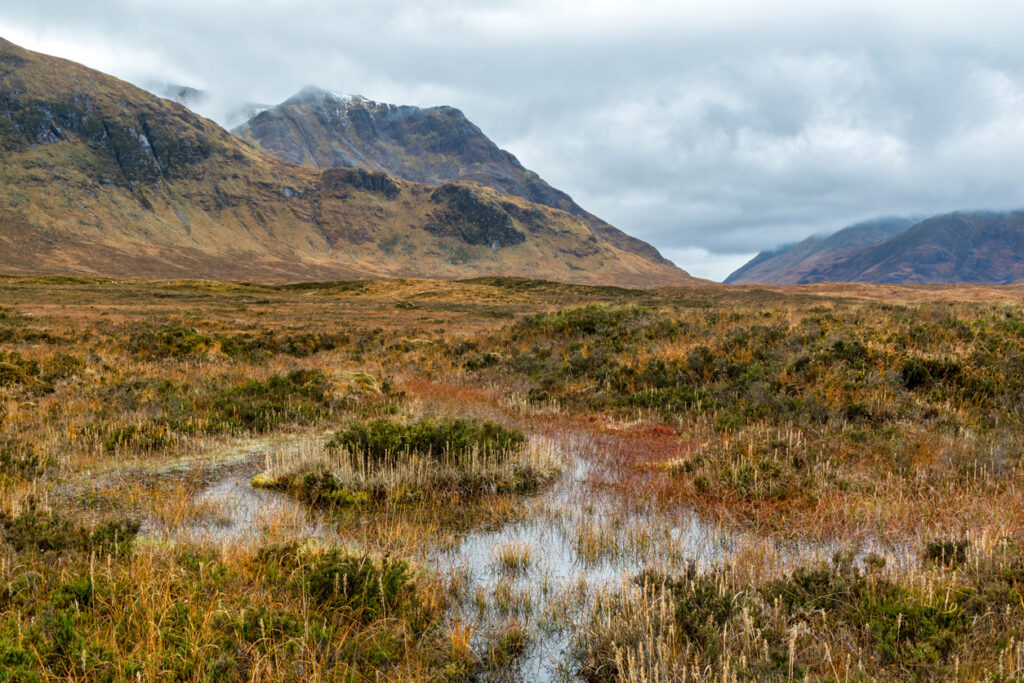
This sprawling, spongey wilderness of moss, water, and low vegetation doesn’t shout for attention, but it quietly stores more carbon than all the UK’s forests combined. It’s a rare ecosystem that helps regulate climate and shelter unique wildlife. But drainage, peat extraction, and mismanaged tree planting are threatening to dry it out. If that happens, it could release centuries of stored carbon, and the landscape will change from carbon sink to carbon source.
The cloud forests of Monteverde, Costa Rica
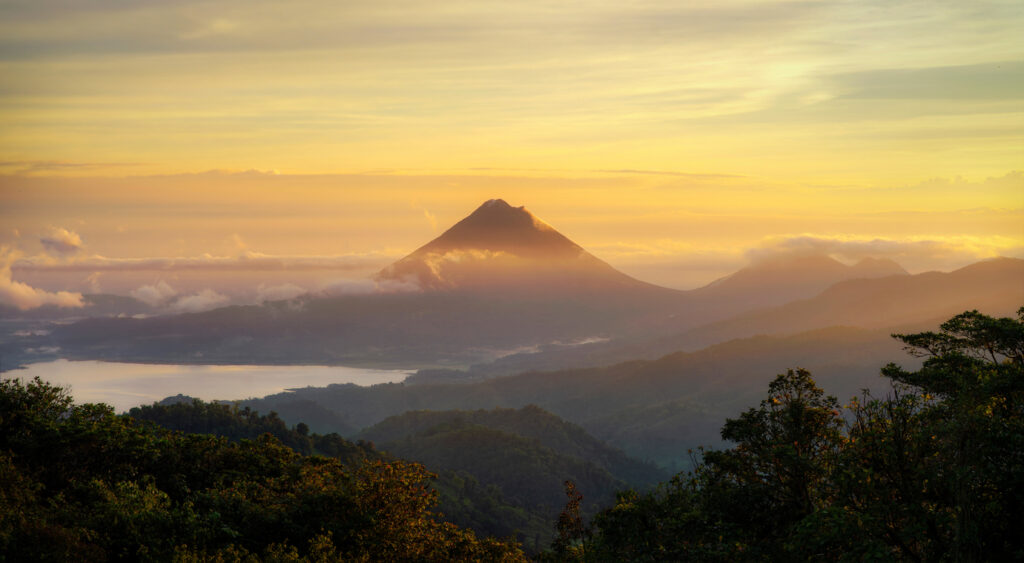
These mountaintop rainforests are defined by mist—constant, cool clouds that roll through the trees and allow rare orchids, frogs, and birds to flourish. But those clouds are rising. Climate change is lifting the cloud base higher, and the forest below is drying out. Species that rely on constant moisture, like the golden toad, now extinct, are vanishing. What’s left behind is drier, warmer, and more ordinary. The forest in the sky is slowly becoming forest on a hill.
The karst towers of Ha Long Bay, Vietnam

Rising like dragon’s teeth from emerald water, the limestone towers of Ha Long Bay are more than just scenic. They’re ancient geological formations, built from dissolved rock and shaped by tides over millennia. Mass tourism, pollution, and coastal development are stressing this delicate area. Boats churn the water. Sediment clouds the shallows. Bit by bit, what was once serene is becoming crowded and cracked.
The Salar de Coipasa, Bolivia
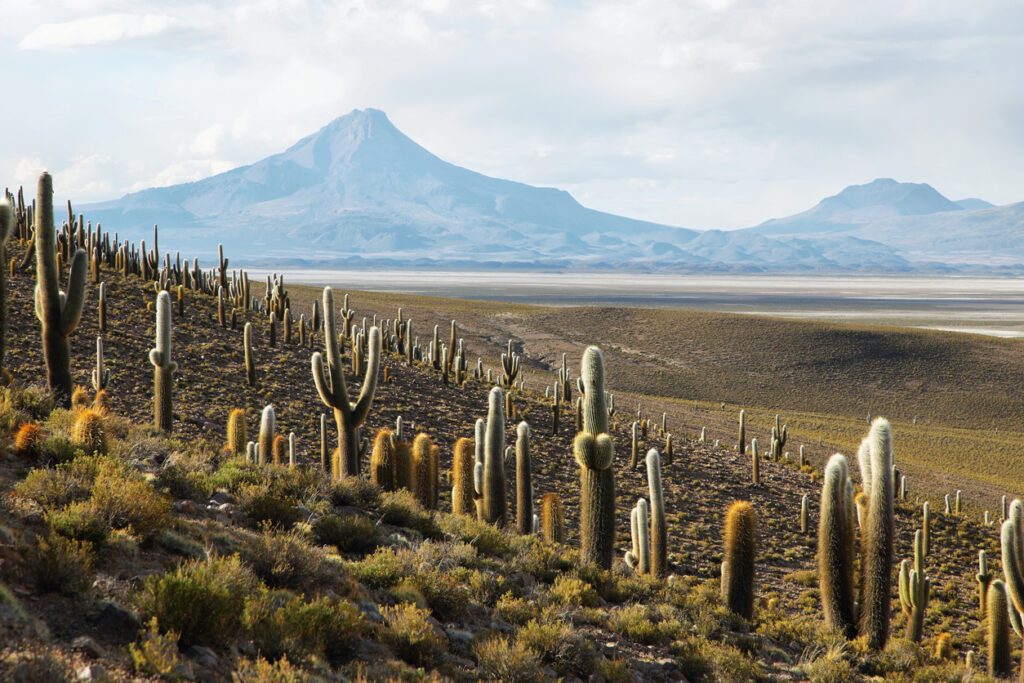
Everyone talks about the Salar de Uyuni, but nearby Coipasa is just as stunning, and far less visited. It’s a vast salt flat bordered by volcanoes and dotted with flamingos. When it floods, it becomes a giant mirror. But lithium extraction and changing weather patterns threaten its future. As demand for batteries rises, these salt flats are being drilled and pumped. Coipasa, still quiet and vast, might not stay that way.
Why it matters
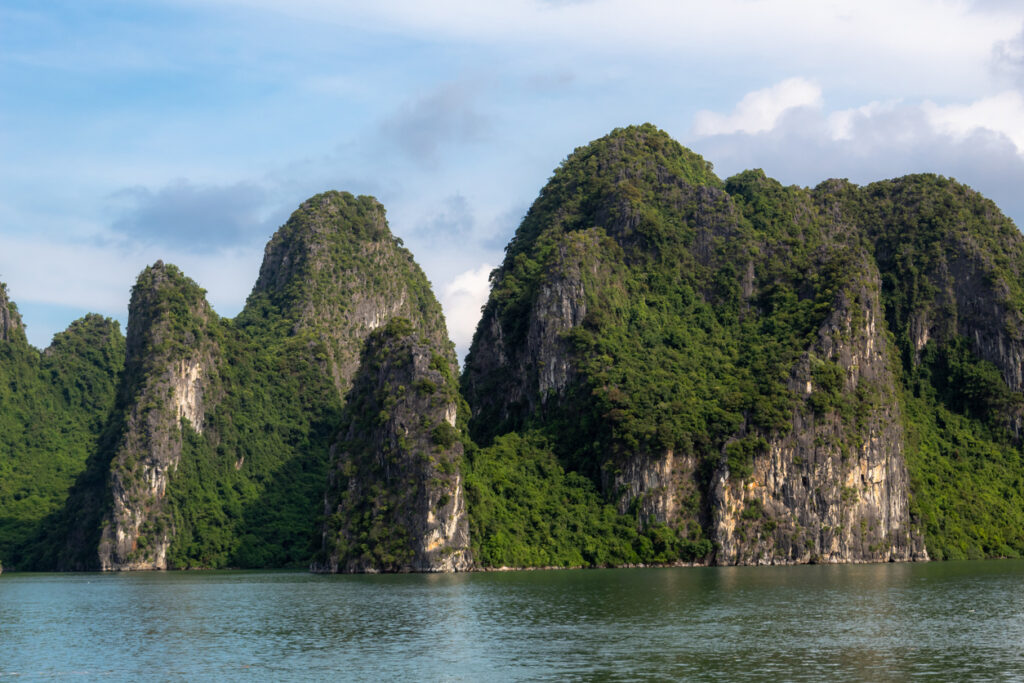
These landscapes are more than just backdrops for photos. They’re ecosystems, climate regulators, cultural touchstones, and homes. They’re changing, sometimes so gradually that we barely notice, until it’s too late. Some of these places might still be around in fifty years. Others won’t. But right now, they’re still here. Still dazzling. Still breathing. And maybe, with care, they can keep doing that for a little while longer.
To protect what’s left, we have to pay attention. Because when these landscapes go, they don’t just take beauty with them; they take balance. And we need both more than ever.